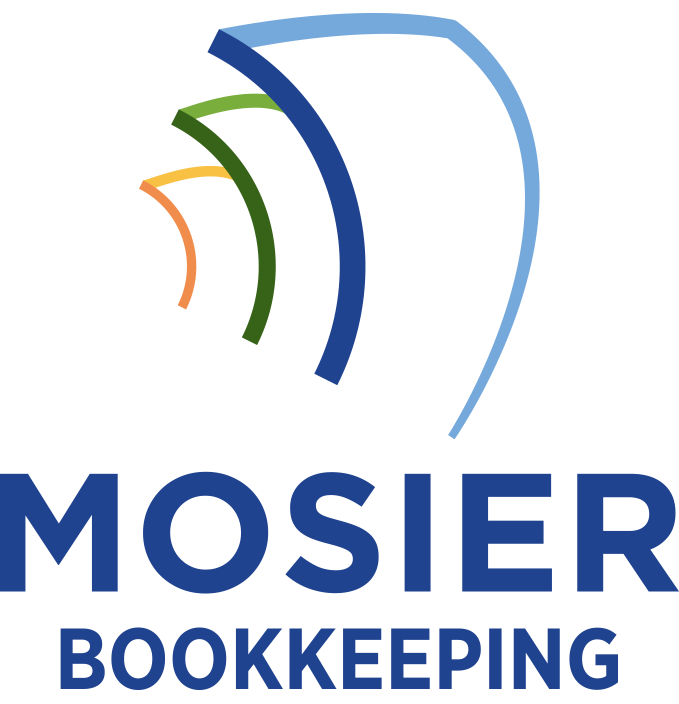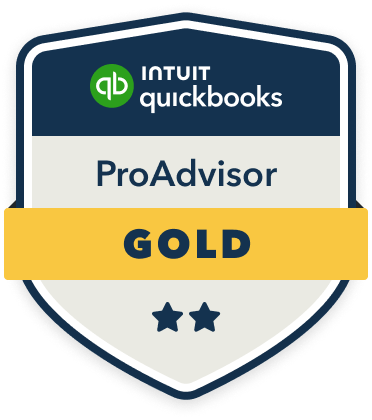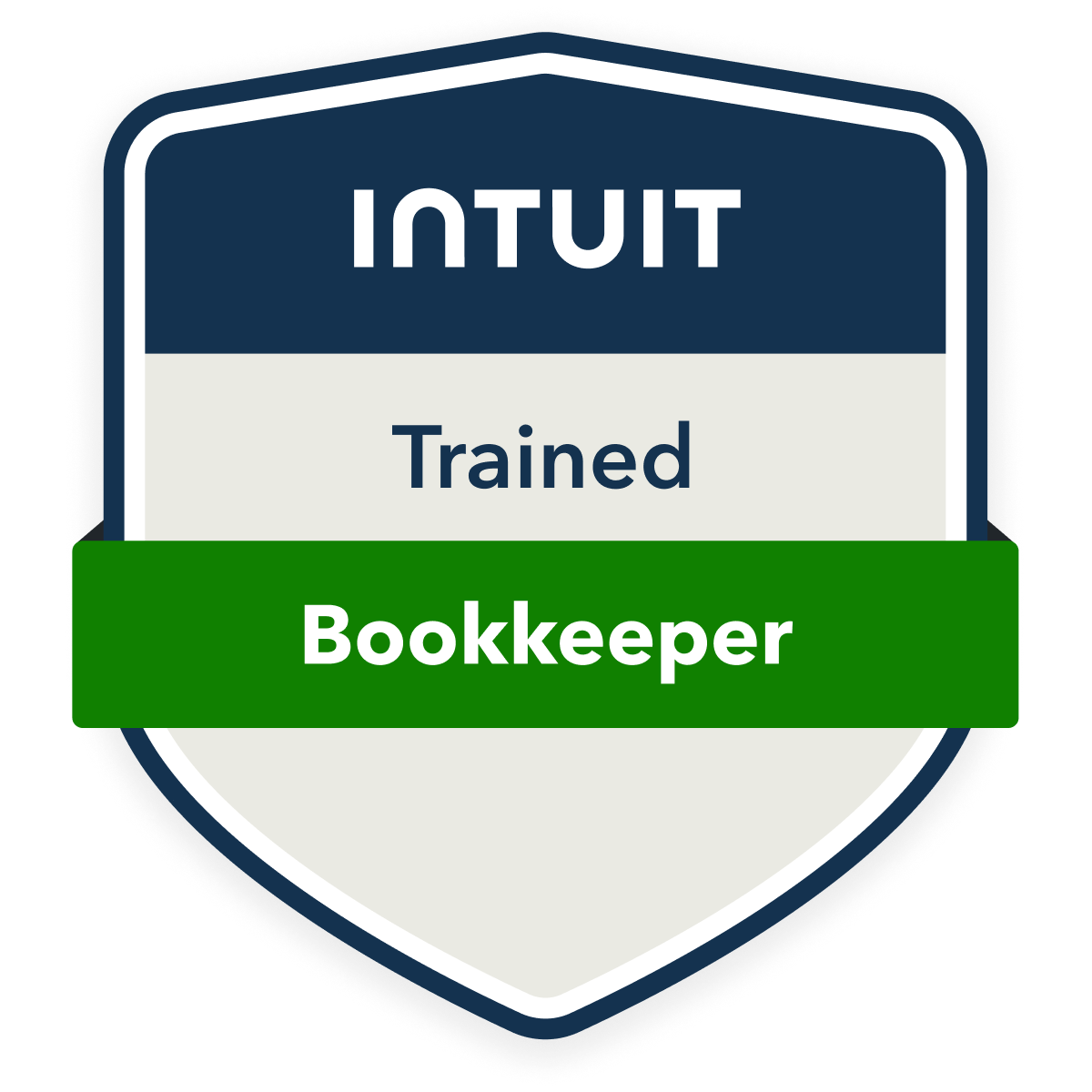Implementing a new payroll system involves five critical phases I’ll outline for you. First, you’ll need to assess your organization’s payroll requirements and processes. Next, establish a realistic timeline and budget for the project. Then, select the right software solution that meets your needs. The fourth phase involves migrating data and thorough system testing. Finally, train your staff and create documentation. Let’s explore each phase in detail to guarantee your successful implementation.
Assessing Your Organization’s Payroll Requirements

Three critical steps must precede any payroll system implementation. First, I’ll help you analyze your current payroll processes to identify inefficiencies and compliance gaps. Next, I’ll guide you through documenting your exact requirements: tax calculations, deductions, benefits, overtime rules, and reporting needs. Finally, I’ll show you how to assess your technical infrastructure and data security requirements.
You’ll need to determine who requires system access, what integrations you’ll need with HR and accounting software, and how you’ll handle historical data migration. These steps establish the foundation for selecting and implementing the right payroll solution for your organization.
Planning the Implementation Timeline and Budget
I’ll guide you through establishing clear project milestones that align with your organization’s payroll conversion requirements, ensuring each phase has measurable completion targets. You’ll need to create a detailed budget that accounts for software licensing, training costs, IT infrastructure upgrades, and consulting fees while maintaining a 10-15% contingency fund for unexpected expenses. I recommend using project management software to track both your timeline progress and budget expenditures, allowing you to quickly identify and address any deviations from your implementation plan.
Setting Realistic Project Milestones
Setting realistic project milestones requires careful analysis of your organization’s resources, technical capabilities, and workforce readiness. I’ll help you establish achievable targets that drive project momentum while ascertaining team confidence.
| Phase | Key Milestones |
|---|---|
| Initial | Data audit, vendor selection |
| Middle | System configuration, test runs |
| Final | Employee training, go-live date |
I recommend breaking down each milestone into specific, measurable tasks with clear ownership and deadlines. You’ll want to build in buffer time for unexpected challenges and guarantee your timeline aligns with critical business cycles, like year-end processing or quarterly reporting periods.
Cost Allocation and Tracking
With your project milestones now defined, accurate cost allocation and budget tracking become the next foundational elements of your payroll system implementation. I’ll guide you through essential cost tracking components that guarantee your project stays financially viable.
- Track software licensing fees, including per-user costs and annual maintenance
- Monitor implementation consultant hours and specialized expertise expenses
- Calculate internal labor costs, including IT staff and department champions
- Document hardware upgrades, including servers and security infrastructure
- Measure training expenses, from materials development to delivery time
These cost categories form your financial control framework. I recommend creating detailed spreadsheets with monthly tracking intervals, empowering you to identify variances quickly and adjust resource allocation as needed.
Selecting the Right Payroll Software Solution

Because selecting the right payroll software forms the foundation of a successful implementation, it’s crucial to evaluate options systematically against your organization’s specific needs. I recommend examining each vendor’s platform for scalability, compliance features, integration capabilities, and user interface design.
I’ll guide you through my proven evaluation matrix: First, list your must-have features versus nice-to-have ones. Then, rate each software’s mobile accessibility, reporting tools, and security protocols. Finally, analyze vendor stability, support quality, and implementation timelines. Consider cloud-based versus on-premise solutions based on your IT infrastructure and data security requirements.
Data Migration and System Testing
Once you’ve selected the best payroll software solution, meticulous data migration and thorough system testing become the next major priorities. I recommend executing a exhaustive transfer of your payroll data while maintaining strict data integrity protocols.
- Extract all employee records, tax information, and historical payroll data from legacy systems
- Validate data accuracy through automated and manual verification processes
- Perform parallel testing by running old and new systems simultaneously
- Execute multiple test payroll cycles across different employee scenarios
- Conduct user acceptance testing with key stakeholders
I’ll guarantee you implement rigorous quality control measures throughout this phase, as even minor data discrepancies can lead to significant payroll errors and compliance issues.
Training Staff and Creating Documentation

Success in implementing a new payroll system hinges on thorough staff training and clear documentation. I recommend developing an extensive training program that includes hands-on workshops, video tutorials, and step-by-step guides. You’ll want to identify key staff members who’ll serve as system champions and provide them with advanced training.
Create detailed documentation that covers standard operating procedures, troubleshooting steps, and system navigation. I suggest organizing this into searchable digital formats and printable quick-reference guides. Establish a feedback loop where staff can report issues and suggest improvements. This guarantees continuous refinement of both training materials and system documentation.
Going Live and Monitoring Performance
I’ll guide you through the critical launch day procedures, including having key stakeholders present, maintaining open communication channels, and executing your prepared contingency plans. You’ll need to establish specific metrics to track system performance, such as processing time, error rates, and user adoption rates. I recommend creating a structured feedback loop that includes daily monitoring reports, weekly performance reviews, and monthly system health assessments during the first quarter after implementation.
Launch Day Best Practices
While thorough preparation is important, the actual launch day of a new payroll system requires careful coordination and real-time monitoring. I’ve found that having a structured checklist of critical actions guarantees a smooth changeover during this pivotal phase.
- Position your IT support team for immediate issue resolution
- Monitor system performance metrics in real-time through your dashboard
- Execute payroll calculations in parallel with your legacy system
- Maintain open communication channels with department heads
- Document all system behaviors and user feedback systematically
I recommend staying onsite throughout the launch day, ready to make swift decisions if needed. This hands-on approach helps identify and address any discrepancies immediately, guaranteeing successful system deployment.
Monitor and Track Results
Performance monitoring begins immediately after the new payroll system goes live, requiring a methodical approach to data collection and analysis. I recommend tracking key metrics like processing time, error rates, compliance violations, and system uptime. You’ll want to establish a structured reporting schedule and create dashboards for real-time visibility.
I’ve found that documenting user feedback, system issues, and resolution times helps identify patterns and areas for optimization. Compare current performance against your baseline metrics to measure ROI and system effectiveness. Don’t hesitate to make necessary adjustments based on the data you collect. Your continuous monitoring guarantees the system delivers the expected benefits and maintains peak performance.
